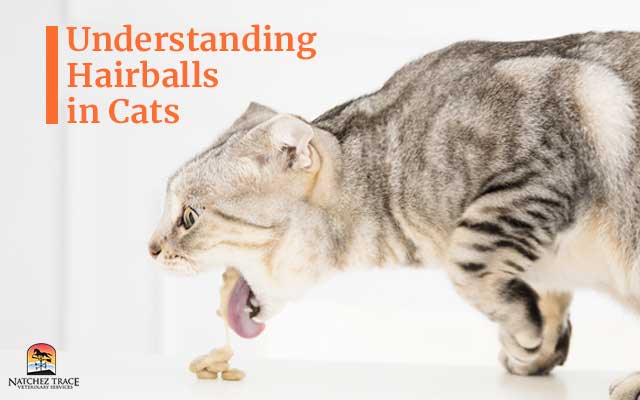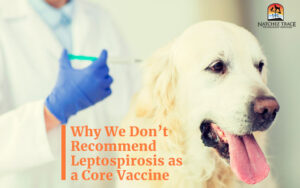If you’re a cat owner, you’re likely familiar with hairballs in cats. These cylindrical masses of fur can be a common occurrence in cats, especially those with long hair.
While occasional hairballs are typically harmless, it’s essential to understand their causes, symptoms, and how to prevent and treat them.
In this article, we will explore the topic of hairballs in cats, including their causes, symptoms, prevention strategies, and available treatments.
Causes of Hairballs in Cats
- Grooming Habits
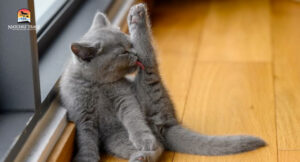 Cats are meticulous groomers, spending a significant amount of time cleaning themselves. During grooming, they ingest loose hair, which forms hairballs in the digestive tract. Cats with long hair are more prone to hairballs due to the increased amount of hair they ingest.
Cats are meticulous groomers, spending a significant amount of time cleaning themselves. During grooming, they ingest loose hair, which forms hairballs in the digestive tract. Cats with long hair are more prone to hairballs due to the increased amount of hair they ingest.
- Seasonal Shedding
Seasonal shedding can contribute to the frequency of hairballs. Cats shed their winter coat in preparation for warmer months, leading to a higher intake of fur during grooming.
- Poor Digestive Function
Some cats may have a weaker digestive system, making it harder for them to process and pass hair through the intestinal tract. This can result in the formation of hairballs.
Symptoms of Hairballs in Cats
- Frequent Coughing or Gagging
One of the most common symptoms of hairballs is coughing or gagging. Cats may attempt to vomit or regurgitate the hairball to alleviate discomfort.
- Lethargy or Decreased Appetite
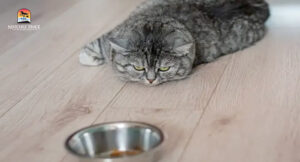 If a hairball causes a blockage in the digestive tract, it can lead to a decrease in appetite or lethargy. This is a more severe symptom and requires immediate veterinary attention.
If a hairball causes a blockage in the digestive tract, it can lead to a decrease in appetite or lethargy. This is a more severe symptom and requires immediate veterinary attention.
- Changes in Bowel Movements
Hairballs can cause changes in a cat’s bowel movements, such as constipation or diarrhea.
Preventing Hairballs in Cats
- Regular Grooming
Regular grooming sessions, especially for long-haired cats, can help reduce the amount of loose hair your pets ingest. Brushing your cat’s coat helps to remove loose fur before they can ingest it during self-grooming.
- Hairball Remedies
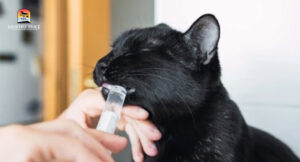 Hairball remedies, such as specialized cat foods, treats, or lubricating gels, can assist in reducing hairball formation. These products are designed to help the hair pass through your cat’s digestive tract more easily.
Hairball remedies, such as specialized cat foods, treats, or lubricating gels, can assist in reducing hairball formation. These products are designed to help the hair pass through your cat’s digestive tract more easily.
- Dietary Changes
Diet plays a crucial role in managing hairballs. Feeding cats a high-quality diet with adequate fiber content can promote healthy digestion and reduce the likelihood of hairball formation. Consult with your veterinarian to determine the best diet for your cat’s specific needs.
Treatment of Hairballs in Cats
- Veterinary Evaluation
If your cat experiences frequent hairballs or exhibits severe symptoms, it’s important to consult with a veterinarian. They can perform a physical examination, evaluate your cat’s overall health, and provide appropriate treatment recommendations.
- Medications or Prescription Diets
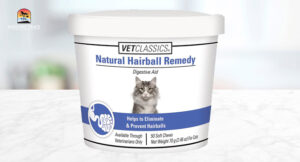 In some cases, veterinarians may prescribe medications or special diets to help manage your furry companion’s hairballs. These options can assist in reducing hairball formation or improving digestive function.
In some cases, veterinarians may prescribe medications or special diets to help manage your furry companion’s hairballs. These options can assist in reducing hairball formation or improving digestive function.
- Surgical Intervention
In rare instances where hairballs cause significant blockages, surgical intervention may be necessary. Don’t worry, this is typically reserved for severe cases and should only be performed by a qualified veterinarian.
Hairballs are a common occurrence in cats, but understanding their causes, symptoms, and prevention strategies is essential for maintaining your cat’s health and well-being.
In Conclusion
By implementing regular grooming sessions, providing hairball remedies, and ensuring a proper diet, you can reduce the frequency and severity of hairballs in your feline companion.
However, if your cat experiences persistent or severe symptoms, it’s crucial to seek veterinary attention for proper diagnosis and treatment.
With proper care and attention, you can help your cat lead a hairball-free and comfortable life.

